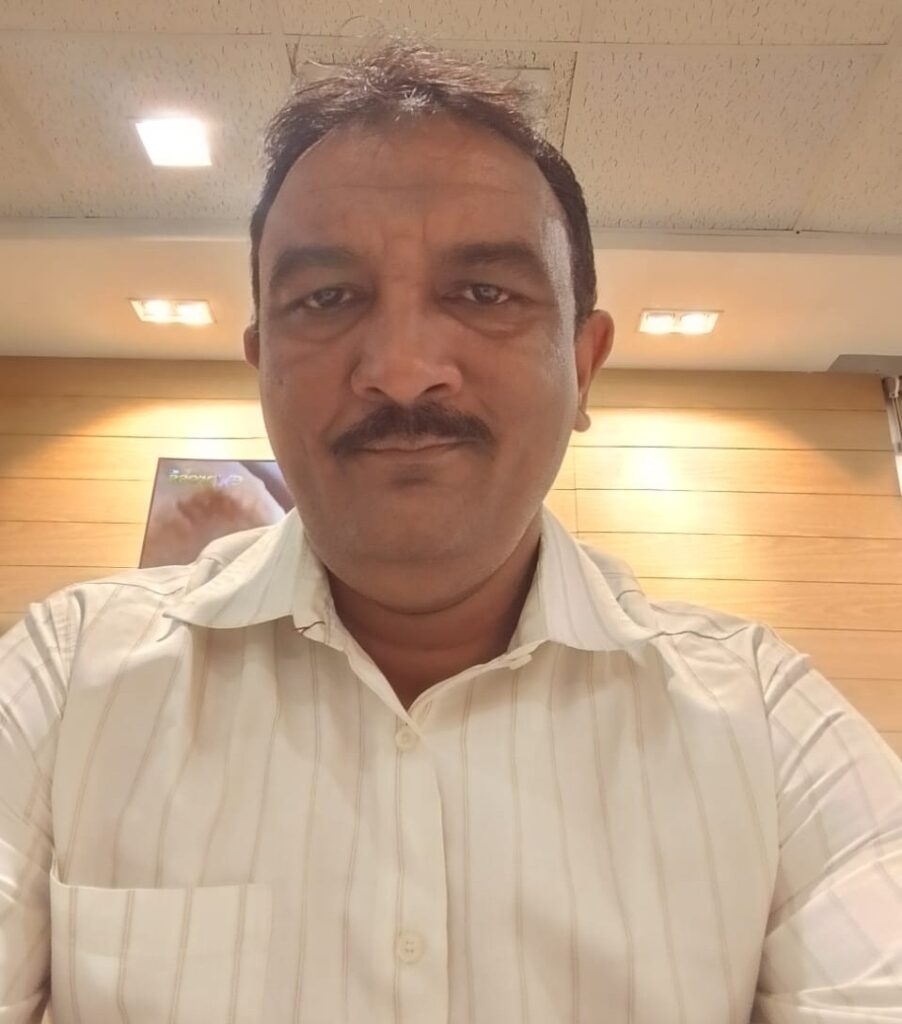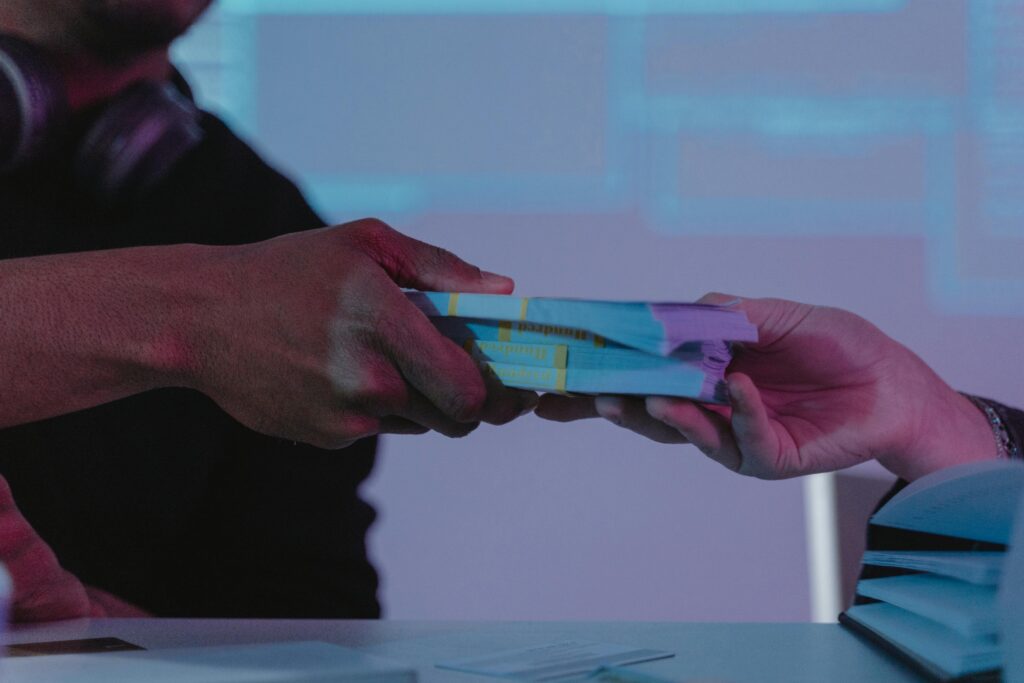By Kashif Hasan

Microfinance banking, a term now widely familiar, is more than just another financial service. It represents decades of experimentation, adaptation, and social innovation aimed at empowering the poor, particularly women and marginalized groups, who remain excluded from traditional banking. It is both a commercial model and a welfare mission — a rare meeting point of financial sustainability and human development.
What Sets It Apart
Unlike conventional banks that serve corporations and middle- or upper-income clients, microfinance banks focus on the “unbanked.” They provide small loans, savings options, micro-insurance, and money transfer services to low-income entrepreneurs, farmers, and workers in the informal economy. Instead of collateral, microfinance institutions rely on group guarantees, community ties, and small repayment schedules. Many also integrate financial literacy and training, making microfinance a driver of both economic and social progress.
Balancing Welfare and Profit
A recurring debate within the sector is whether microfinance is primarily a social service or a commercial enterprise. In Pakistan, models range from Akhuwat’s interest-free welfare approach to profit-oriented banks that aim for financial sustainability. The sector, in reality, operates on a “double bottom line”: achieving both social impact and commercial viability.
Global Roots and Regional Growth
The modern microfinance movement emerged in South Asia during the 1970s. India’s SEWA Bank began extending credit to female laborers in 1974, while Dr. Muhammad Yunus’s Grameen experiment in Bangladesh (1976) evolved into a global model for poverty alleviation. By the 1980s, microfinance had spread worldwide as a viable strategy for inclusive finance.
Pakistan’s Journey
- 1996: Kashf Foundation pioneered the Grameen model in Pakistan, targeting women.
- 2000: Khushhali Bank, the first large-scale state-supported MFI, was launched.
- 2001: The Microfinance Institutions Ordinance provided a legal framework.
- 2000s: NGOs transitioned into licensed banks, supported by Pakistan Poverty Alleviation Fund (PPAF).
- 2010s: Digital finance and women-focused programs expanded outreach.
- 2020s: Despite inflation, floods, and economic stress, the sector has continued to grow under proportionate regulations from the State Bank of Pakistan.

Where It Stands
Nearly 10 million Pakistanis now access microfinance, with a portfolio worth hundreds of billions of rupees. Women, farmers, and small business owners are its largest beneficiaries. Yet, rising defaults, inflation, and environmental shocks remain critical risks.
Future Prospects
With millions still outside the banking system, Pakistan’s microfinance sector has room to grow. Rural women, small farmers, and informal workers represent untapped potential. Digital wallets, mobile banking, and biometric systems can further expand reach, provided institutions maintain affordable interest rates and a focus on social objectives.
Challenges
The sector faces persistent hurdles:
- High operational costs and default risks
- Vulnerability to natural disasters
- Limited digital access in remote areas
- Criticism over high interest rates that may burden the poor
Achievements
Despite challenges, microfinance has transformed countless lives. Women have launched small businesses, farmers have secured better harvests, and families have invested in education and healthcare. Perhaps the most significant achievement is that millions once invisible to banks are now part of the financial system.
Conclusion
Microfinance banking remains a delicate balance between welfare and commerce. If overly profit-driven, it risks replicating debt traps; if entirely charitable, it risks collapse. The sector’s true strength lies in maintaining this balance. For Pakistan, microfinance is not just a tool for financial inclusion but a pathway toward poverty reduction, women’s empowerment, and sustainable development.























